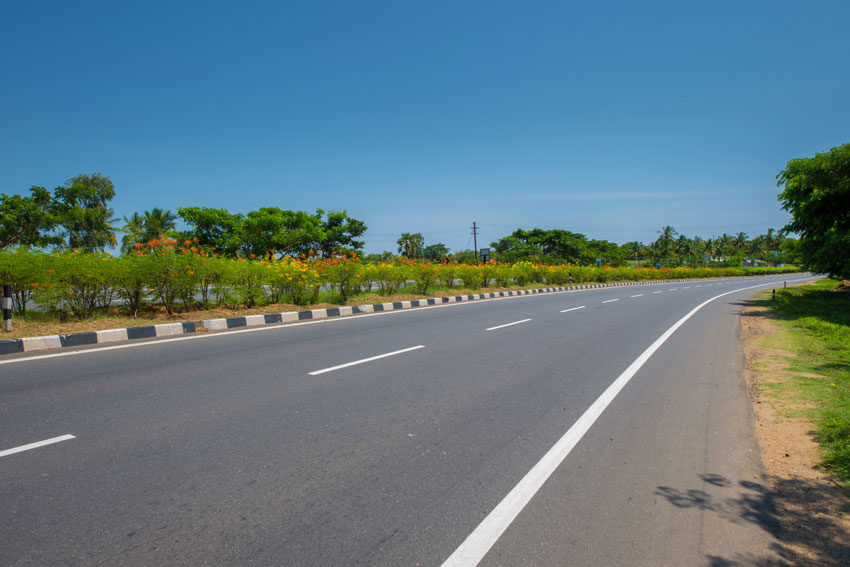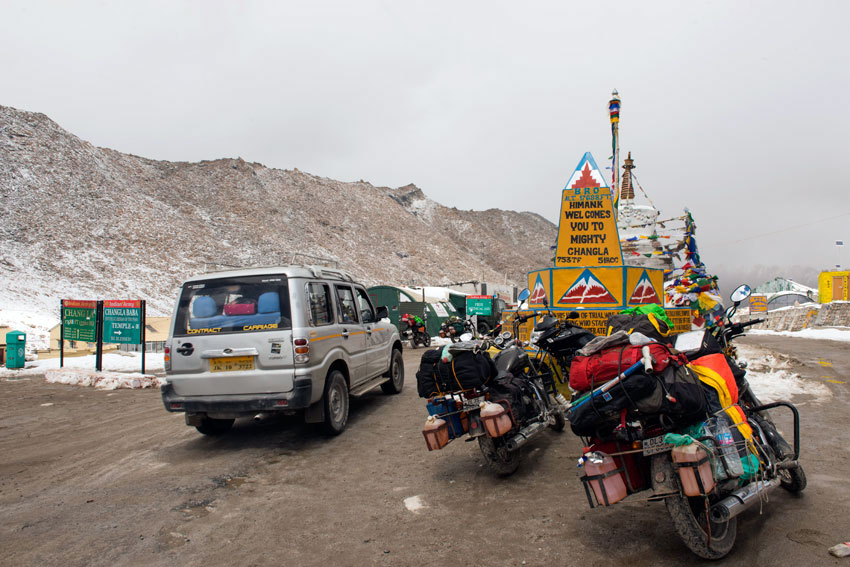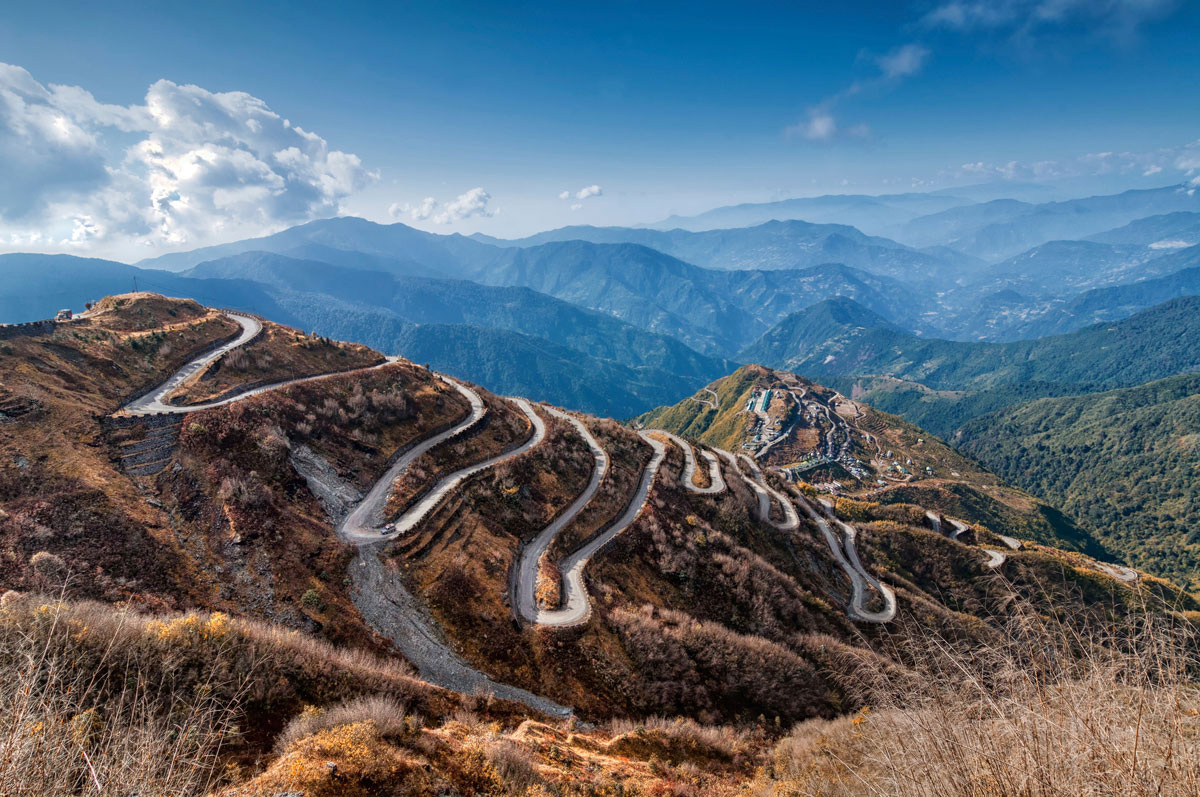CRISSCROSSING INDIA
Curvy roads, Silk trading route between China and India.
Over the recent past, I have noticed a category that has been receiving some amount of attention in travel websites, are road-trips within India. Not just a few hours away from home in the North or South of the country, but longer journeys crisscrossing the country, from Kanyakumari to Ladakh or Mumbai to Guwahati, writes Siddharth Srivastava. (@Siliconeer, #Siliconeer, #India, #Indianvacations, #IndiaRoadtrips, #travelsinIndia, #incredibeIndia)
I like to read travelogues and have a habit of surfing multiple websites that relate to India. No doubt, more and more Indians, with variable budgets, are travelling to experience new domestic and international destinations. Within the country the usual hot destinations continue to be Goa, Rajasthan, hills stations in the North, Ooty, Coorg, Darjeeling, Pondicherry, Kerala, wild life sanctuaries such as Gir and Jim Corbett. International locations include Thailand, Malaysia, Singapore. Europe and USA are the perennial favorites of more high-end travelers.
Over the recent past, I have noticed a category that has been receiving some amount of attention in travel websites, are road-trips within India. Not just a few hours away from home in the North or South of the country, but longer journeys crisscrossing the country, from Kanyakumari to Ladakh or Mumbai to Guwahati. One hears of stories of long-distance excursions in self-driven vehicles from folks living in Europe or America. Indians, no doubt, are now doing it too, driving distances more than ever before. And, there is reason for this, apart from the usual higher incomes translating into greater holiday budgets and sales of big cars and SUVs rising at a healthy pace.

It is an accepted fact now that the quality our highways, expressways and state roads are turning better and better, turning road trips into a winning travel experience. And, it is not just itinerant leisure holiday seekers who are exploring the fast emerging segment of road travel tourism, experiencing India’s hinterlands, that was only possible earlier through the visually mesmerizing window of a train compartment.
The construction of good roads at a rapid pace is also having a positive impact on the overall transport sector via quicker movement of goods and products. Local economies, villages and towns are taking advantage of the better connectivity to tap adjoining markets for raw material, agricultural produce or booking profits if there can be any price arbitrage possibility. In his budget speech on February 29, finance minister Arun Jaitley said India’s highest ever kilometers of new highways were awarded in 2015.
The country’s highest production of motor vehicles was also achieved in 2015. “This is a sign of growth, but it presents a challenge also. Therefore, we have speeded up the process of road construction. I have proposed an allocation of Rs. 55,000 crore in the Budget for roads and highways. This will be further topped up by an additional Rs. 15,000 crore to be raised by NHAI through bonds. Thus the total investment in the roads sector, including Pradhan Mantri Gram Sadak Yojana allocation, would be Rs. 97,000 crore during 2016-17,” Jaitley said. According to the minister, thrust areas include construction and award of 10,000 km roads each over next fiscal, upgrading of 50,000 km of state highways into national highways and rolling out of 85% of stuck projects involving investment of Rs. 1 lakh crore.
Other sectors of the economy are also preparing for the demand forces that are likely to be unleashed due to the massive easing of road transportation bottlenecks. Multi-billion dollar investments are thus being planned in keeping with the rise in fuel consumption in the country. According to latest official data, India’s oil product demand rose a healthy 8.5% in 2015 to an average 3.81 million barrels per day.

In the first two months of 2016, demand rose 10% year-on-year to an average 4.14 million barrels per day. Leading the rise are gasoline and naphtha, LPG, diesel and jet fuel. Indian refiners and oil marketing companies or OMC’s, have recognized the trend and thus expanding capacity to feed the rapidly rising domestic fuel demand. Earlier this month B. Ashok, chairman of Indian Oil Corp, India’s biggest state-owned refiner, said the company has earmarked $26 billion in investment plans over the next five to seven years.
Bharat Petroleum Corporation, India’s second biggest state-owned refiner, has plans to spend about Rs. 100 billion in 2016-17 to expand and upgrade it’s refining capacity and augment it’s marketing infrastructure, the company’s finance chief said this month. BPCL’s capex for the current fiscal year 2015-16, ending March 31, is about Rs. 95 billion.
“We need to invest in infrastructure to meet the growing demand in the market,” said P. Balasubramanian, director (finance) at BPCL. While there has been progress in India’s roads, there is still some way to go. Safety is a major issue with emergency ambulance services, in case of accidents, still far from world-class levels. There is no formula yet to deal with locals who resist paying tolls. This is resulting in violence and attacks on personnel entrusted with the task of collecting the levy. Highway robberies also need to be checked. Even as these problems are sorted, there is no doubt road trips are going to form a rising portion of budgets of Indians bitten by the travel-bug.


